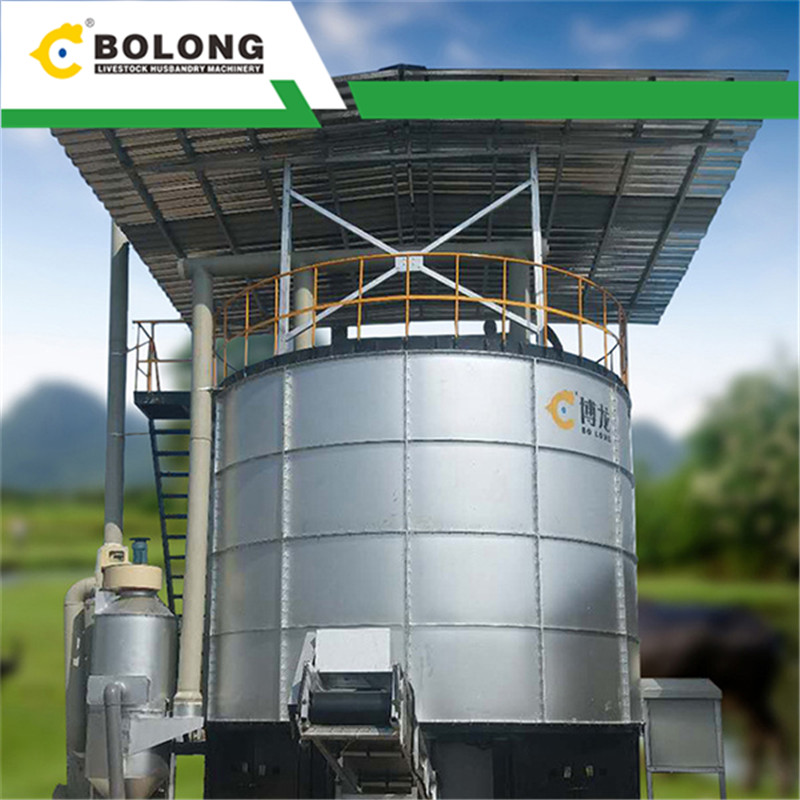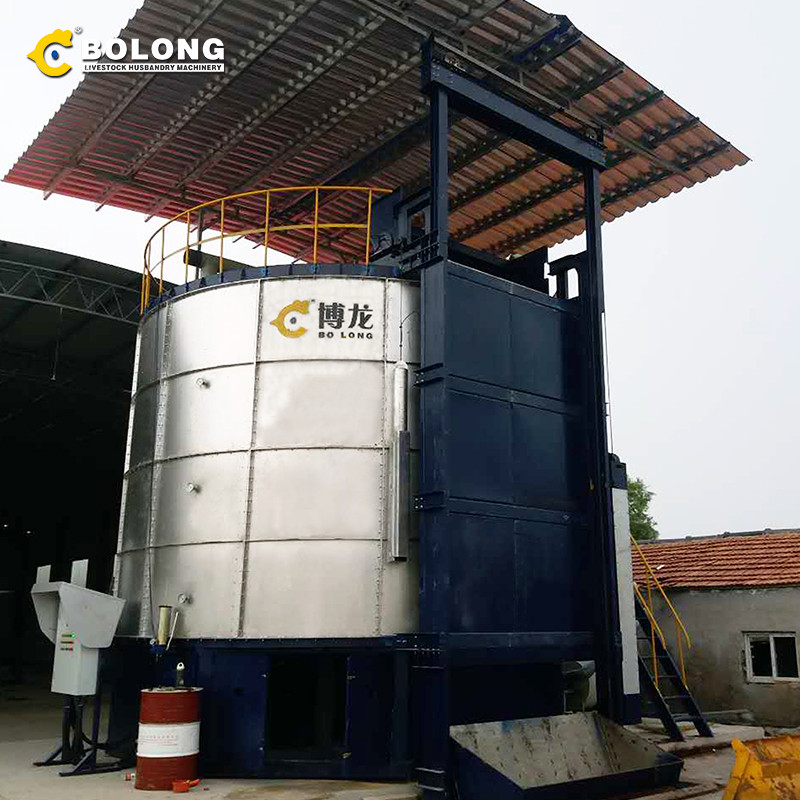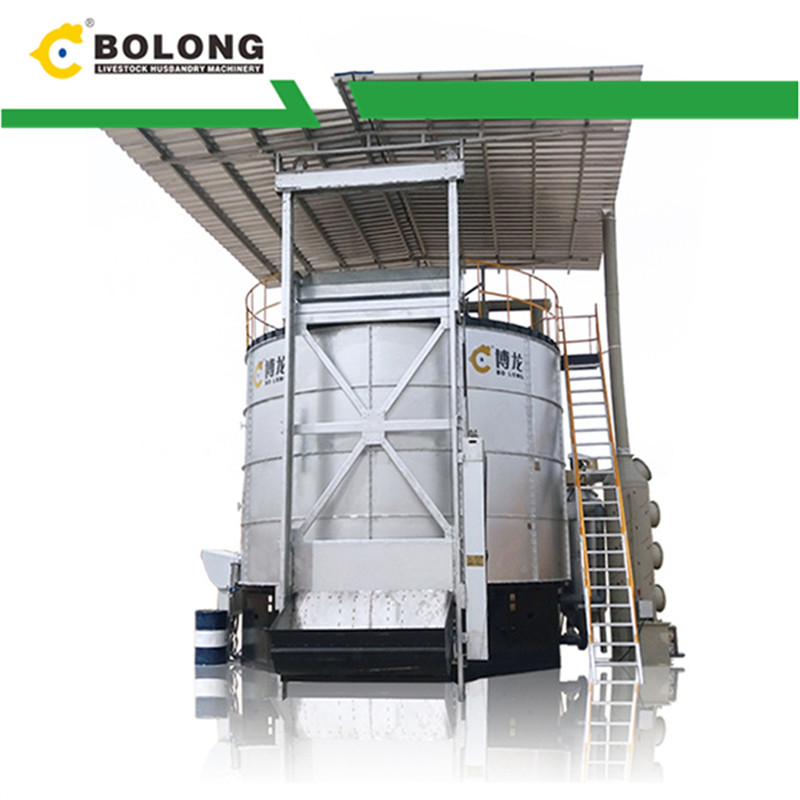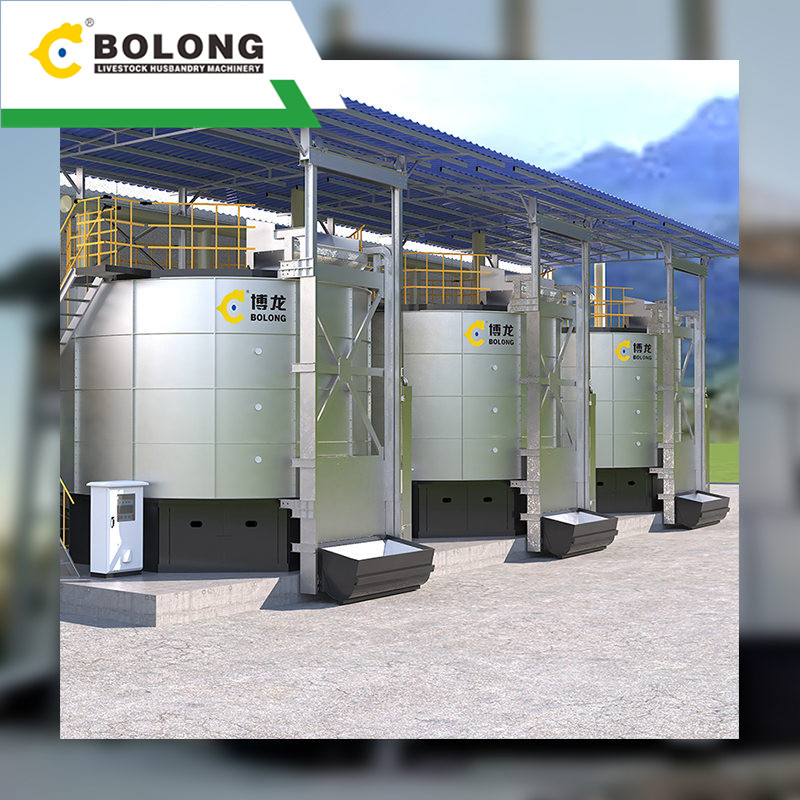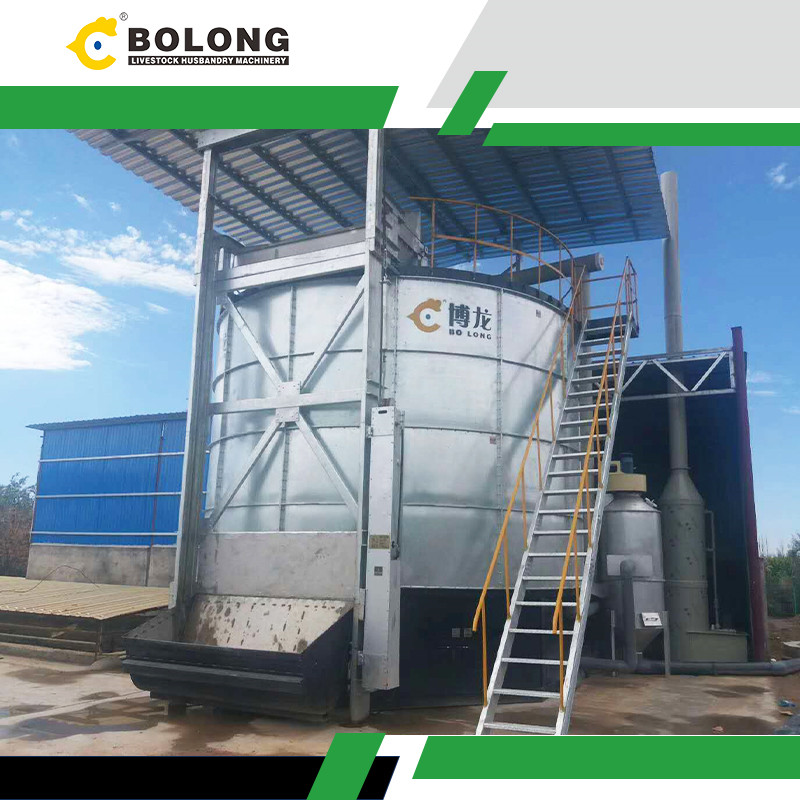2022/2/1/ · According to the different metabolites and pathways of LAB fermentation, LA fermentation can be divided into homo-lactic acid metabolism and hetero-lactic acid metabolism (Wang et al., 2015b), while hetero-lactic acid metabolism can be divided into the hexose monophosphate pathway (HMP) and hexokinase (HK) pathway.In homo-lactic

